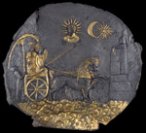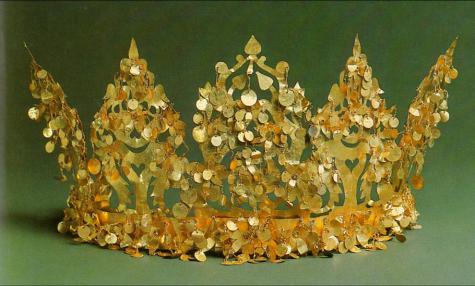The Melbourne Museum has been host in recent months to a remarkable exhibition of artefacts showing Afghanistan’s rich culture and history.
Afghanistan was at the heart of the Silk Road, the trading route travelled by Alexander the Great, Genghis Khan and Marco Polo, linking ancient Iran, Central Asia, India and China, and the more distant cultures of Greece and Rome.
However, the tale of how the collection came to light reflects Afghanistan’s more recent history since the Soviet invasion in 1979. In the midst of civil war in 1988, officials at the National Museum of Kabul made arrangements to hide some of the treasures at the museum to save them from destruction or looting. With the help of government officials, the objects were secured in a vault at the Presidential palace: those with the keys to the vault swore never to reveal the whereabouts of the treasures and did not do so throughout the civil war or the rule of the Taliban. Many other artefacts not in the vault were destroyed in 2001.
Once Hamid Karzai was installed as President in 2003, the hidden treasures were revealed and authenticated. Since then, an international effort was made to preserve the collection and put them on a touring exhibition.
The collection, known as Hidden Treasures of the National Museum of Kabul, closes at the Melbourne Museum on Sunday. The Melbourne Museum is open from 10am-5pm. The exhibition then moves to the:
- Queensland Museum from 5 September 2013 to 27 January 2014
- Art Gallery of NSW from 6 March to 1 June 2014
- Western Australian Museum from 5 July to 16 November 2014
The exhibition includes more than 230 priceless treasures, some thousands of years old and offers a rare opportunity to discover the surprising, untold story of the long and extraordinarily rich culture that is Afghanistan.
Prior to touring Australia, the collection also toured Europe and the USA.


















__small.png)










